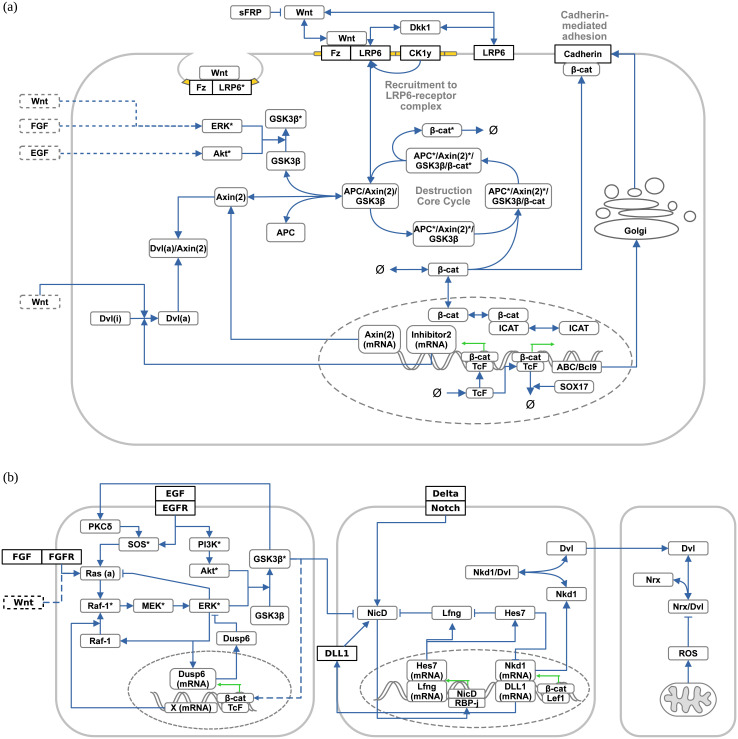Fig 1. Combined overview of all qualitative Wnt (sub-)models found within the 19 Wnt simulation studies.
Depicted are the components (species, compartments, and reactions) of the canonical Wnt signaling pathway (a) and its crosstalk with other signaling pathways (b) found within the 19 Wnt simulation studies. Note that the overview is a simplified and condensed representation. Interactions are simplified and some components of the submodels that do not directly affect the Wnt signaling pathway are omitted. Activated/phosphorylated proteins are indicated by (*). Inactive/unphosphorylated states of proteins have been omitted when possible. Submodels involving membrane-mediated processes, such as receptor/ligand interactions, destruction complex recruitment and endocytosis [31, 45, 51, 56], or cadherin-mediated cell adhesion [34, 39, 49] are incorporated in (a). Submodels involving crosstalk with ERK/FGF/PI3K/Akt [32, 36, 53], Notch [33, 36, 48], and ROS/Dvl-mediated pathways [51, 57] are shown in the lower panels of (b), respectively.

